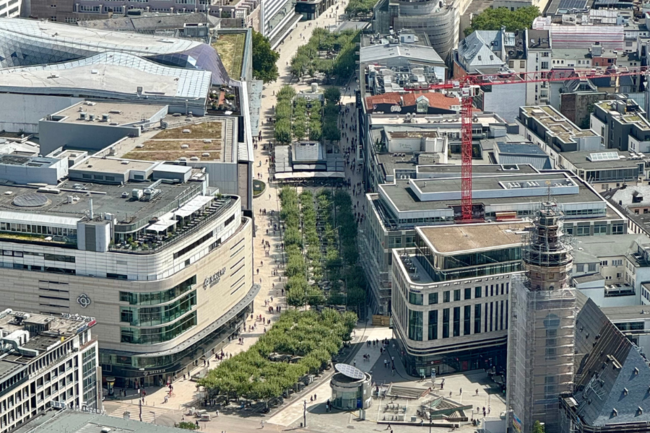(kus) Social tensions, political struggles, social upheavals, and artistic revolutions characterize the Weimar Republic. In a major themed exhibition, the Schirn takes a look at the period between 1918 and 1933. "The Weimar Republic stands for serious political and social achievements that are now integral parts of our democracy: universal and women's suffrage, the establishment of co-determination in companies, the expansion of social insurance. I wish the exhibition many visitors. It is a real highlight at the turn of the year." With these words, Lord Mayor Peter Feldmann opened the exhibition on Thursday, October 26.
Realistic, ironic and grotesque works illustrate the struggle for democracy and paint a picture of a society in crisis and transition. The processing of the First World War in the form of images of crippled soldiers and "war profiteers", the big city with its pleasure quarters and increasing prostitution, the political unrest and economic abysses are interpreted in just as many different ways stylistically as the role model of the "New Woman" or the debates about Paragraph 175 (homosexuality) and Paragragh 218 (abortion). The social changes brought about by industrialization or the growing enthusiasm for sports are also reflected in the art of the time.
The exhibition brings together some 200 works by well-known and little-known artists - including Max Beckmann, Kate Diehn-Bitt, Otto Dix, Dodo, Conrad Felixmüller, George Grosz, Carl Grossberg, Hans and Lea Grundig, Karl Hubbuch, Lotte Laserstein, Alice Lex-Nerlinger, Elfriede Lohse-Wächtler, Jeanne Mammen, Oskar Nerlinger, Franz Radziwill, Christian Schad, Rudolf Schlichter, Georg Scholz and Richard Ziegler. Together with historical photographs, films, magazines, and posters, the Schirn creates an impressive panorama of the art of the Weimar Republic.
<link https: www.frankfurt-tipp.de veranstaltungen s event glanz-und-elend-in-der-weimarer-republik.html _blank>The exhibition runs until February 25, 2018.













